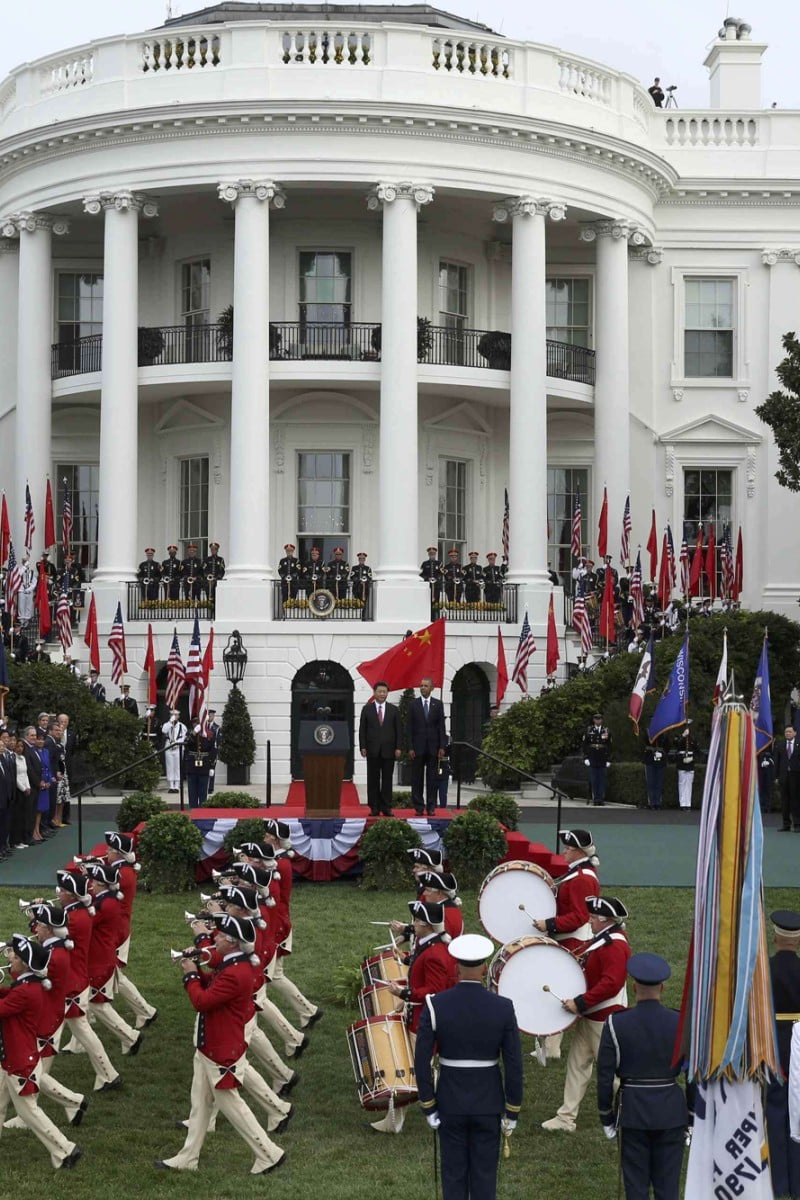 The White House is preparing to receive its new resident, the 45th President of the United States.
The White House is preparing to receive its new resident, the 45th President of the United States.James Madison was about to be sworn in as the fourth president of the United States in 1809. He asked his friend, then-President Thomas Jefferson, to ride with him to the Capitol. Jefferson, who had led the country for eight years, said no. “Today I return to the people,” he replied.
Today, Barack Obama returns to the people. At noon, America will have a new president, Donald Trump. After he is sworn in, he will give a speech, watch a parade and, that night, attend several large parties.
This event, which happens every four years, is called Inauguration Day. The word inauguration (pronounced in-aw-gyu-RAY-shun) comes from Latin and means “to be installed under good omens or signs”.
Inaugurations mark the peaceful transfer of power in government. Within a few hours, one family moves out of the White House and another moves in.
Although that part remains the same, inaugurations themselves have changed over time. They used to be in March, for one thing, and for years they took place on the Capitol’s east side. In 1981, they moved to the west side, facing the Mall, unless cold weather forces everyone inside.
Here are some fun inauguration facts to amuse and amaze you. Credit goes to Paul F. Boller Jr. and his book Presidential Inaugurations.
- Eighteenth-century traffic jams forced George Washington to walk both to church and home after the fireworks for his 1789 inauguration, which took place in New York City. There were simply too many horses and carriages on the streets.
- A long time ago, inaugural events might be the first time people got to see the man they had elected. Spotting Zachary Taylor before his inauguration in 1849, one person noted, “He is not so ugly as I had expected.” Charming.
- Andrew Jackson’s celebration in 1829 led to a near-riot in the White House. People in muddy boots stood on the chairs and sofas, there were fist fights over the food and drinks, and some curtains and dishes were destroyed. The new president escaped through a window and went back to his hotel. Abraham Lincoln had a similar experience in 1865, as guests helped themselves to silverware, glasses, candlesticks and pieces of the lace curtains.
- Nasty weather is a big inauguration worry. In 1841, William Henry Harrison wore neither a coat nor hat. He spoke for an hour and a half, got sick and died a month later. Historians still debate whether the cold led to his death.
- The temperature hovered at minus 15 degrees Celsius for Ulysses S. Grant’s 1873 inauguration. Musical instruments froze and cadets from the West Point military academy passed out. Some canaries that were to sing at the party that night also froze.
- Inaugural parades have had just about everything, including fancy floats and trained seals. Theodore Roosevelt’s 1905 parade had cowboys and Native Americans on horseback, led by the Apache chief Geronimo. Roosevelt was delighted, unlike Dwight D. Eisenhower, who was lassoed by a cowboy at his 1953 parade. Eisenhower grinned, but his son later said the stunt irritated him.
- Jimmy and Rosalynn Carter startled people when they popped out of the presidential limousine and walked the entire mile-plus parade route in 1977. Their nine-year-old daughter, Amy, skipped part of the way.
- Washington’s 1793 inaugural address was the shortest: 135 words. Harrison’s was the longest: more than 8,400 words. Few of these speeches live on in memory. But when Obama finished his in 2009, his seven-year-old daughter, Sasha, flashed him a thumbs-up and said, “That was a pretty good speech, Dad.”
- Andrew Jackson’s celebration in 1829 led to a near-riot in the White House. People in muddy boots stood on the chairs and sofas, there were fist fights over the food and drinks, and some curtains and dishes were destroyed. The new president escaped through a window and went back to his hotel. Abraham Lincoln had a similar experience in 1865, as guests helped themselves to silverware, glasses, candlesticks and pieces of the lace curtains.
